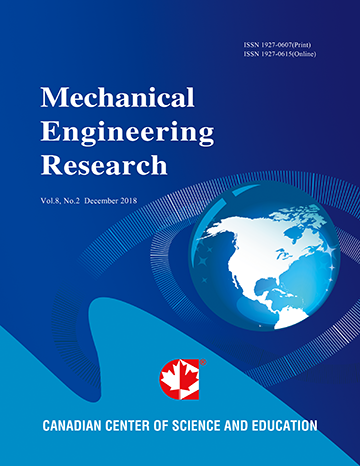Processing Structures for Computer Simulation of Human Movement
- Hooshang Hemami
Abstract
Based on the dynamics, structure and properties of imbedded multi-stack systems, certain functions of the central nervous system (CNS) can be modeled and computer programmed. These models imitate the natural system at some level and can be integrated in future more comprehensive models of the CNS in studies of human movement. Several CNS functions are discussed here. The involvement of the reticular formation (RF) in identifying objects and their properties by touch is addressed. The vision system is discussed in sensing and storage of planar images. The creation of periodic motions for dance or sport is modeled. Mental processing in is the writing or drawing of images is formulated.
The touch problem addressed here is the mechanisms to explore, probe, grope and identify an object that is not visible. The object of enquiry may be part of another object, lie under another object or be part of a bigger thing. It may also be involved in the early dynamics of touch in the new-born where the vision dynamics have not yet fully developed.
How the central nervous system (CNS) may pursue these tasks is one objective. One elementary attempt is to develop larger structures that can handle CNS functions, how thoughts are formulated, expanded, summarized or abandoned. Multiple Stack System seem to be convenient for handling information flowing from the sensory channels to the cerebrum and the cerebellum. By considering specific tasks, the paper focuses on several functions, connections, and structures that are involved in movement.
- Full Text:
 PDF
PDF
- DOI:10.5539/mer.v10n1p1
Contact
- Lenna BaiEditorial Assistant
- mer@ccsenet.org
